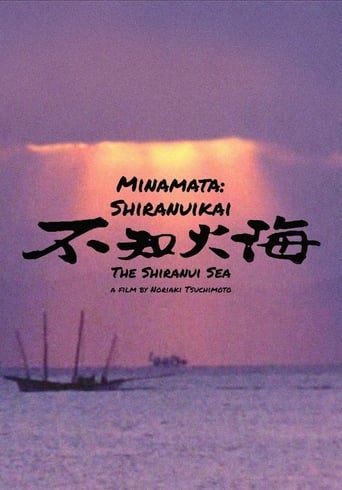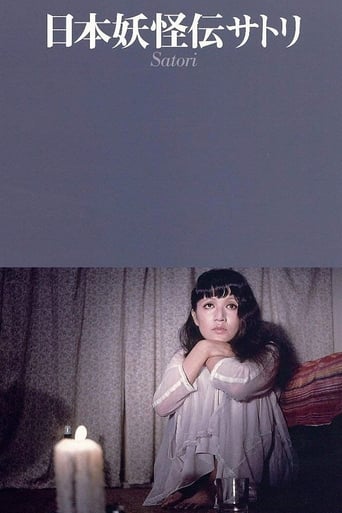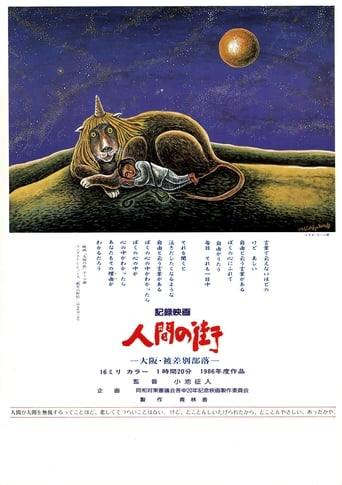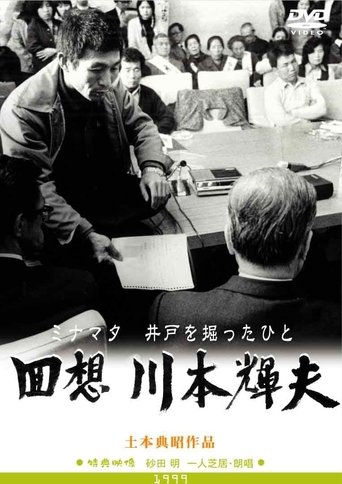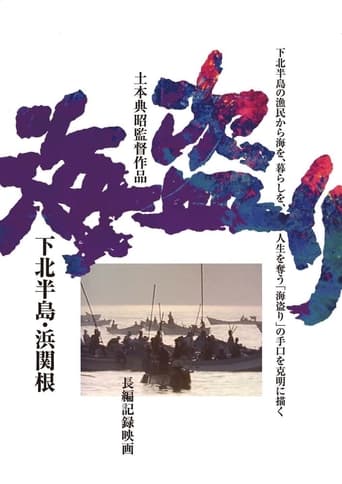The Minamata Mural 1981
After a handful of groundbreaking films detailing the tragedy and suffering of the mercury-poisoned Japanese town of Minamata, documentary master Noriaki Tsuchimoto revisits the subject of Minamata through the eyes of the celebrated husband-and-wife painting duo Iri and Toshi Maruki. Tsuchimoto follows the Marukis from their quaint homestead studio, where they paint slews of ghastly, psychotropic mural panels depicting the effects of Minamata disease, to the streets of Minamata, where they meet and paint portraits of several victims of mercury poisoning.

